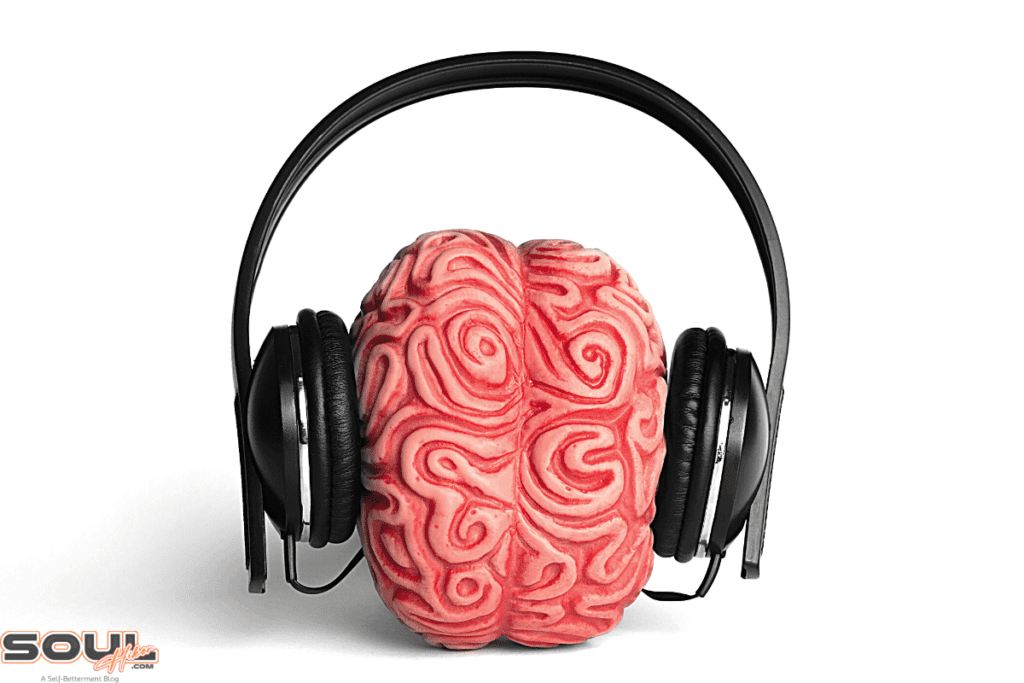Have you ever considered that by understanding and altering your brainwaves, you might unlock the secret to personal transformation? Brain waves, produced by electrical activity in your brain, are indicative of various mental states and can be intentionally modified to enhance well-being and cognitive performance. This article will guide you on how to change brain waves at will, exploring effective techniques such as neurofeedback, meditation brain wave practices, and brain frequency manipulation. You’ll learn how to increase alpha waves and harness the power of your brain’s natural rhythms to reshape your life.
Table of Contents
How To Change Brain Waves At Will
Understanding these brain waves is crucial for both scientific and practical purposes. In neuroscience, analyzing these waves helps in diagnosing and treating various neurological conditions, such as epilepsy, sleep disorders, and mental health issues.
Practically, this knowledge allows for the application of techniques like neurofeedback, exercise, meditation, and binaural beats to influence brain wave patterns, aiming to enhance mental well-being and cognitive performance. By learning how to modify or regulate these waves, individuals can potentially improve their mental state, achieving better focus, stress reduction, and overall brain health.
This understanding bridges the gap between brain function and mental experiences, offering insights into how our cognitive processes relate to our everyday behavior and well-being.
Meditation and Exercise

Meditation and exercise are powerful tools for influencing your brainwave patterns, each offering unique benefits. By understanding how these activities affect your brain waves, you can deliberately influence your mental state, promoting relaxation, focus, and cognitive enhancement. Remember, the effects can vary based on the type, duration, and intensity of the activity, so it’s important to find what works best for you.
Meditation and Brain Waves
Focused attention meditation involves engaging in a specific type of meditation that helps increase alpha waves in the brain. These waves are associated with a state of relaxed alertness, aiding in calmness and concentration.
On the other hand, Open-Monitoring Meditation is a technique designed to enhance theta waves, which are linked to deep relaxation and the generation of vivid imagery. With consistent meditation practice, individuals may notice a rise in gamma wave activity, which is beneficial for improving focus, memory, and perception.
Additionally, meditation can lead to a decrease in activity within the default mode network of the brain, which is often responsible for mind-wandering. This change can result in increased mindfulness and presence, enhancing one’s ability to stay in the moment.
Exercise’s Impact on Brain Waves

Regular aerobic exercise can lead to higher levels of BDNF, aiding in the maintenance and growth of brain cells. A single session of moderate aerobic exercise can enhance executive functions such as working memory and cognitive flexibility, often accompanied by an increase in alpha-wave activity.
When you combine meditation with aerobic exercise, the benefits multiply, leading to significant improvements in cognitive functions and increased hippocampal volume, key for memory and learning.
The combination also helps to release endorphins, which also promote alpha wave activity. Regular physical activity stimulates all brain wave types, increases blood flow to the brain, and can create an overall healthier mental state.
Neurofeedback for Brain Wave Training
Neurofeedback therapy is an advanced method of brain wave training that enables control over mental health by regulating brain waves. It starts with an initial assessment using a qEEG to identify specific brain wave patterns related to symptoms or behaviors.
A customized training protocol is then developed to target specific brain areas for modification. During neurofeedback sessions, visual feedback from activities like watching a movie or playing a video game helps train the brain to maintain optimal wave patterns, using operant conditioning to reward desirable frequencies.
The training aims to modulate brain wave activity, reducing over-arousal or under-arousal to improve focus, mood, and cognitive functions. Although 70-80% of people respond to neurofeedback, results can vary.
When selecting a provider, it’s important to choose certified practitioners with FDA-cleared systems and to check insurance coverage. Consistent neurofeedback can lead to significant improvements in mental well-being, though the number of sessions needed can differ among individuals.
Binaural Beats and Music Therapy

Listening to binaural beats is a technique that involves playing two slightly different frequencies in each ear. The brain perceives a third tone based on the mathematical difference between the two frequencies, which can encourage your brain waves to align with this new frequency.
You can utilize binaural beats for specific purposes throughout your day. To prepare for work and enhance alertness and concentration, choose binaural beats in the beta frequency range. For relaxation purposes, alpha frequencies are ideal; listening to them can help you unwind or get ready for meditation. When it’s time to sleep, binaural beats with theta frequencies are recommended to facilitate easier drifting off.
Music therapy serves as an alternative to binaural beats and can greatly impact brain wave patterns. Different types of music affect the brain in various ways; for example, classical music can increase alpha and theta waves, aiding in relaxation, while upbeat music can boost beta waves, improving focus and alertness.
When selecting music for brain wave entrainment, consider your needs. You could choose music with a steady beat to stimulate beta wave activity for cognitive tasks or opt for music that enhances alpha wave production for creative tasks, as it’s associated with relaxation and creativity.
Understanding Brain Waves

Understanding brain waves involves comprehending the rhythmic electrical impulses produced by the neurons in our brain. These waves are categorized into different frequencies that reflect our mental state and cognitive processes.
The primary types of brain waves are delta, theta, alpha, beta, and gamma. Delta waves are the slowest, typically associated with deep sleep and healing processes, while theta waves are linked with light sleep, relaxation, and creativity.
Alpha waves signify a state of relaxed alertness, often seen during meditation or when we are calm yet aware. Beta waves are faster, and are associated with active thinking, problem-solving, and active concentration. The fastest are gamma waves, which relate to high-level information processing and cognitive functioning.
Understanding the different types of brain waves and their associated mental states is crucial for brain wave modification:
- Types of Brain Waves:
- Delta Waves (0.5-4 Hz): Linked to deep sleep and play a role in learning and memory storage.
- Theta Waves (4-8 Hz): Associated with REM sleep, meditation, and memory coordination.
- Alpha Waves (8-14 Hz): Present during relaxed states, they disappear with sleep or active engagement.
- Beta Waves (14-30 Hz): Reflect intellectual activity and focus; crucial for sensory processing and motor control.
- Gamma Waves (above 30 Hz): Involved in high-level thinking and perception.
A Soul Hiker Tip
As you reflect upon the techniques and insights shared, consider the profound implications these could have on everyday life, from stress management to deepened cognitive abilities. Taking deliberate steps to integrate practices such as meditation, exercise, and neurofeedback into your routine can create lasting positive changes. Embrace the power of your brain’s natural rhythms and unlock your potential for personal growth and well-being.
Is it possible to manipulate brain waves?
Yes, it is possible to manipulate brain waves. Techniques like neurofeedback, meditation, exercise, and music therapy can effectively alter brain wave patterns.
How do you change brain waves to Theta?
To change brain waves to Theta, one can use deep relaxation techniques or listen to binaural beats that target the Theta frequency range (4-8 Hz).
What is the best frequency to rewire your brain?
The best frequency to rewire your brain depends on specific goals; for cognitive enhancement, beta frequencies (14-30 Hz) are effective, while for relaxation and meditation, alpha (8-14 Hz) and theta frequencies are more suitable.
How do you get your brain into alpha state?
To get your brain into an alpha state, engage in relaxation practices, such as mindfulness meditation, or listen to binaural beats in the alpha frequency range (8-14 Hz).
